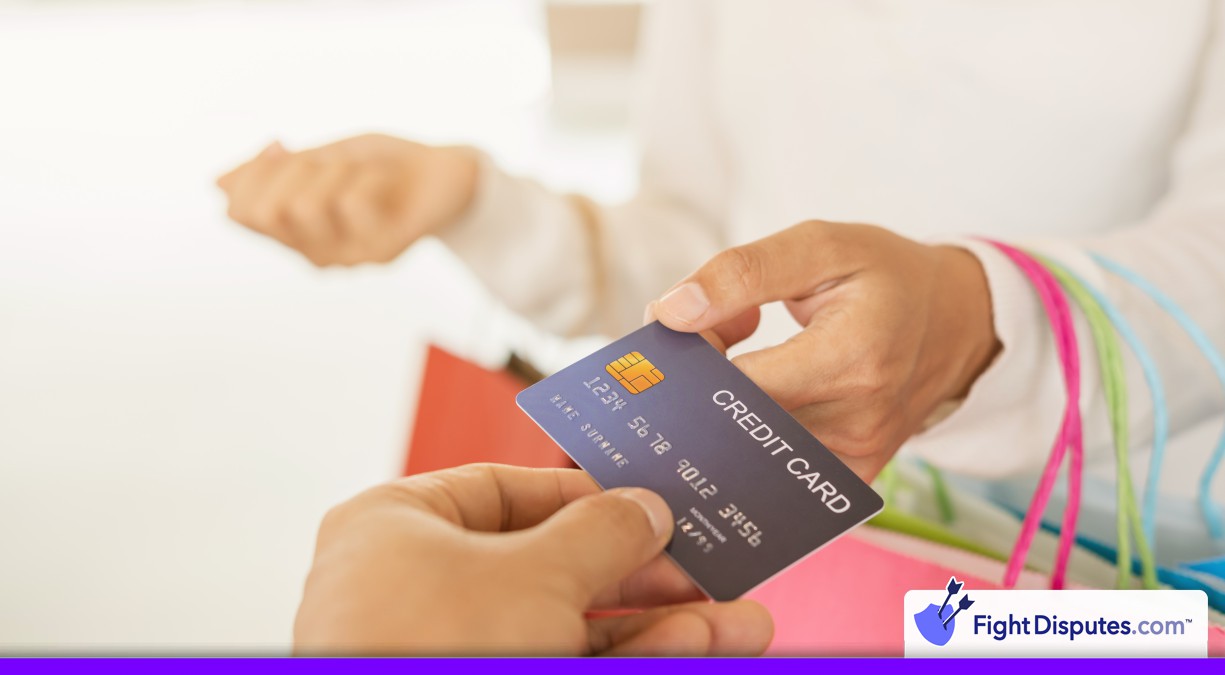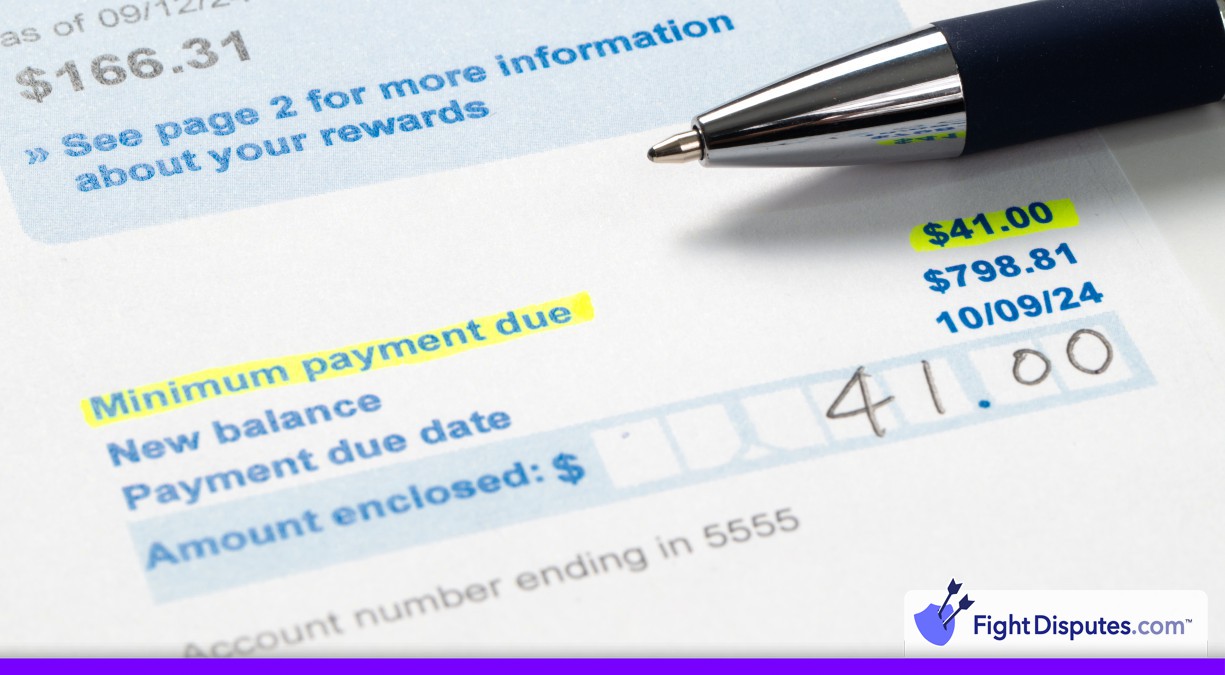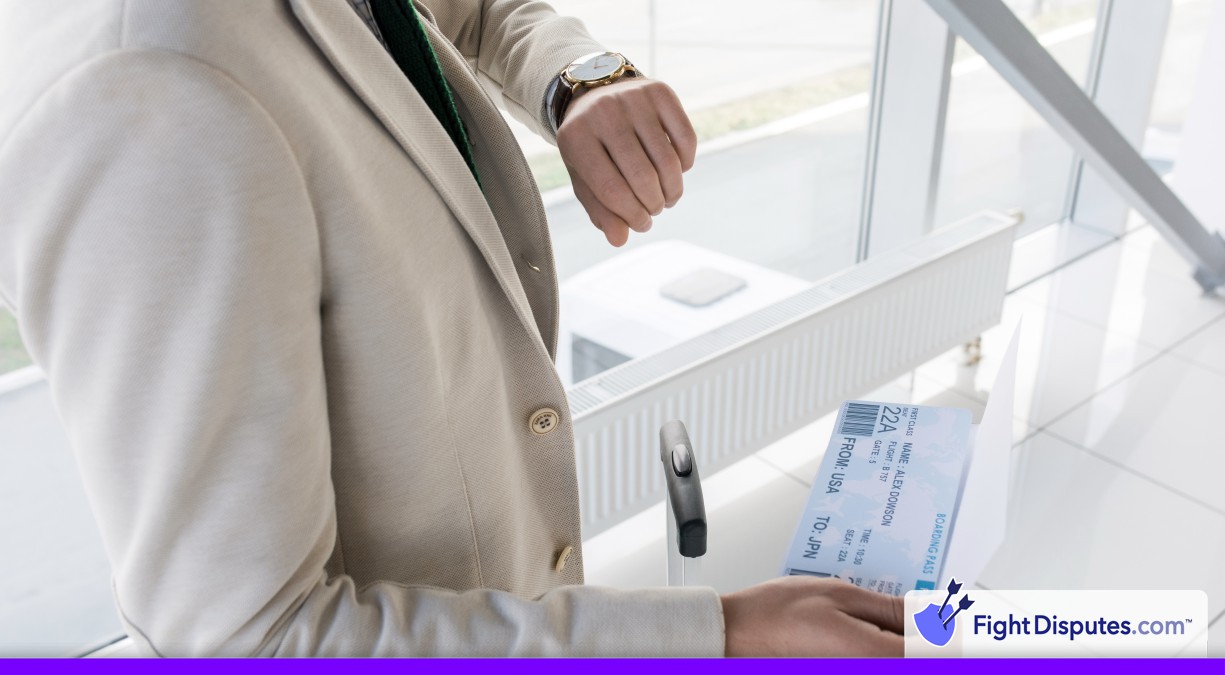What Is a Return Item Chargeback and How Does It Work?
Chargebacks are bad for business, but some can be worse than others. So, any time you head about a kind of chargeback you haven’t encountered before, you might start to worry. What is this kind of chargeback, and what do you need to do to keep it from putting your merchant account at risk?
Of the many different kinds of chargebacks, one of the ones you’re least likely to have heard of is the return item chargeback. Fortunately, there’s good news: you don’t have to worry about this one. Still, it’s beneficial to learn about it, so let’s go through the details.
What is a Return Item Chargeback?
First, let’s clear up one thing: a return item chargeback is not a chargeback, the way you likely understand it.
The problem here is specifically the use of the word “chargeback” by the banks to describe this process. 99% of the time, when you’re talking about chargebacks, you’re talking about cases where a customer disputes a transaction and charges you to get their money back through the dispute process.
The return item chargeback is that 1% where that’s not the case.

So, what actually is it? It’s actually a lot like a bounced check fee. In fact, there are several other names for the return item chargeback, including:
- Chargeback check fee
- Rejected check fee
- Deposited item returned unpaid fee
- Returned check fee
When an individual has a check (an actual paper check, generally) and they go to deposit it into their account, the bank has to process the transaction represented by the check. When they do that, they have to check that the account on the giving end of the check has sufficient money in it to proceed with the transfer. You can’t write a check for a million dollars and expect it to be deposited when you only have $5 in your bank account, after all.
If the giving account does not have sufficient money available, the check will bounce. The person depositing the money doesn’t get it, the check is marked invalid, and the transaction ends.
What’s the problem, then?
The problem is that the bank has to go through this process, and that involves using the interconnected systems between banks and payment processors, which all generally cost them a fee to use. When there’s a problem, there’s administration work and other processes that need to be handled, and that, too, costs money.
The banks don’t want to just eat these costs, even if they have more than enough money to do so. That would cut into their bottom line! So, they want to pass those costs on somehow.
There’s just one problem. Normally, you would want to levy a fee on the account that is cutting bad checks. But how much do you expect to get paid from an account that just proved, by their check not working, that they don’t have money?
Well, there’s only one other party in this equation, and it’s the person trying to deposit the check. That person is generally on the hook for the return item chargeback fee.
Banks argue that it is your responsibility to make sure the person writing you a check has the money to give to you in the first place. Most of us would counter that it’s kind of rude to ask that of someone, and expect that kind of coordination from potentially loosely-related parties. But, this is where we are.
Many of you probably stopped reading around the time I mentioned that the returned item chargeback is not a chargeback and doesn’t impact merchant accounts, but if you’re interested in more details, keep on reading.
Different Types of Bounced Checks
There are actually several reasons why a check can bounce.
NSF: The most common reason why a check might bounce is that the writer’s account doesn’t have enough money to cover the check. If you have $100 in your bank account and write a check for $200, that check isn’t going to work. This does happen frequently in people who have to time paying bills with when their paychecks arrive, and delays in processing can cause problems.
Account Closed: If the person who wrote the check has their account closed for one reason or another, that account obviously isn’t going to be able to pay the check. Accounts can be closed intentionally or accidentally, but it doesn’t matter either way.
Account Frozen: Similarly, accounts can be frozen or flagged due to fraud or suspicious activity, so any subsequent checks trying to draw from the account can be stopped. This often occurs in cases of, for example, identity theft.
Stopped Payment: The check writer is always able to contact their bank and stop payment on a given check. There are a lot of reasons why this can happen; someone stealing a checkbook and writing bad checks, someone who lost a check asking for another (and the original being stopped), and so on.
Mismatched Details: All of the little details of a check, including the date, the signature, and sometimes even the handwriting used for it are all analyzed by the check processing companies, and if there are suspicious details that might indicate fraud, they’ll reject the check.
Not all of these will trigger a returned item chargeback. Some of them, such as a stopped payment, will simply invalidate the check. It will be stopped before any attempt to process it is made, and no fees are levied on either side.
How Much is the Returned Item Chargeback Fee?
This will vary, but is usually a flat fee somewhere in the $10-$15 range, though some banks put steeper fees in place. It’s enough to be a bit of a penalty to the person trying to cash a bad check, but it’s not so harsh as to be punitive. For specific information, you would have to check the terms of your specific account with the specific bank you’re using, as they’re all going to have different policies in place.
There may also be cumulative fees or additional penalties if it happens too often. This is a very rare situation, after all, since paper checks are very much on the way out and the volume of them processed is tiny compared to any other method of transferring money these days. IF an account is going to try to cash numerous checks and they have a frequent rate of insufficient funds, something is wrong.
Usually, that means the account in question is doing something like trying check fraud or is somehow involved in a scam, either on the scammer’s side or by being scammed. In any case, the returned item chargeback fee serves as a deterrent and a flag that something is wrong.
Due to the pushback on returned item chargebacks, and how they penalize someone who generally has no way of knowing the check is bad until the moment it bounces, and due to the overall lower volume of checks being processed in the first place, these fees may be waived. The Consumer Financial Protection Bureau has stated that blanket fees of this type may be unfair, as well. Because of these pressures, many banks have instituted $0 returned item chargeback fees, but will charge a fee if the individual tries to process the same check again
Do Returned Item Chargebacks Affect Merchants?
The answer to this ranges from “a huge hassle” to “not at all”.
First of all, if your business doesn’t accept paper checks at all, you don’t have to care. Since returned item chargebacks only occur when processing checks on a delay, if that’s not a situation you fall into, you never encounter them. That alone rules out just about every online business and a huge majority of in-person businesses that choose not to accept checks.
If you do choose to process paper checks, you can take steps to mitigate any issues you might have, and prevent them from triggering returned item chargebacks before it even happens. I’ll go into that more in a moment.
It’s also possible that you can process paper checks all day long and never run into these issues. The actual rate of checks bouncing like this is under 1%, which isn’t great, but it’s not terrible either. Between the declining number of checks being written at all, let alone for businesses, you’re likely only going to encounter people writing them when they know they can pay.
If you do run into a returned item chargeback, though, it can be a pretty big hassle.
For one thing, yes, you will likely be charged the fee just like if a personal account were to try to cash a bad check. Again, many banks have shifted to $0 fees, but if you try to re-run the check, you can end up charged regardless.
You also run into the same issue you would with any kind of failed payment: having to figure out how to handle the situation. Do you chase down the customer and demand repayment? Do you try to recover the item you sold them, if that’s even possible? Do you just eat the cost? You don’t have a dispute or customer chargeback option the way they do, after all.
There’s one piece of good news here: you are allowed to charge your own fees for bounced checks. Many merchants put their fees around $30-$40 for failed payments of this sort, to cover the fees you’d be charged, and the admin burden of sorting it all out.
Of course, charging a fee from someone who just proved they don’t have money isn’t too helpful, but it’s something.
Despite being called a chargeback, you don’t have to worry about these returned item chargebacks adding to your chargeback ratio and putting your merchant account at risk with the credit card companies, because it’s not a credit card transaction.
On the flip side, if you do end up trying and failing a significant number of bad checks, your bank might flag you anyway, possibly to perform a fraud investigation for check fraud. There are all sorts of things that can go wrong there.
How to Minimize Returned Item Chargebacks
Normally this would be where you’d see a call to action for my service, but that’s not relevant for these kinds of chargebacks. Instead, you have a couple of options.
The first is, easily enough, just stop accepting paper checks. This can suck for the few people who still rely on them. But these days, it’s really not all that significant for most merchants. You’re likely not going to lose out on much by discontinuing the use of paper checks.
If you insist on accepting paper checks, you can implement a check verification system. There are a variety of systems that all can validate information from the check and determine if it’s cashable, preventing bounced check. Systems like Deluxe or SeamlessChex can do this, along with many others. It’s also possible that your bank has their own system you can use, so consider talking to your account representative.
You’ll also want to make sure your business is set up to handle the disruption of a failed payment. Sometimes businesses operate on a razor’s edge and rely on immediate cash flow, but it really does benefit you to keep some reserve in place to insulate you from the immediate damage of a failed payment.
Note that in rare cases, you can even dispute the chargeback from your end. You need to have some proof that the check was valid, and it has to have bounced for one of the non-NSF reasons (because, obviously, you can’t force payment of money that doesn’t exist), but it may be possible.
Overall, though, the truth is that these “chargebacks” aren’t going to be a problem for the majority of businesses these days. Instead, spend your time worrying about your real chargeback ratio, and focus on the much more common credit card transactions.
One day, paper checks will be a thing of the past, and none of us will have to worry about this at all. Until that happens, just be aware that these kinds of chargebacks aren’t really chargebacks at all.
 Call (844) NO-DISPUTES
Call (844) NO-DISPUTES


